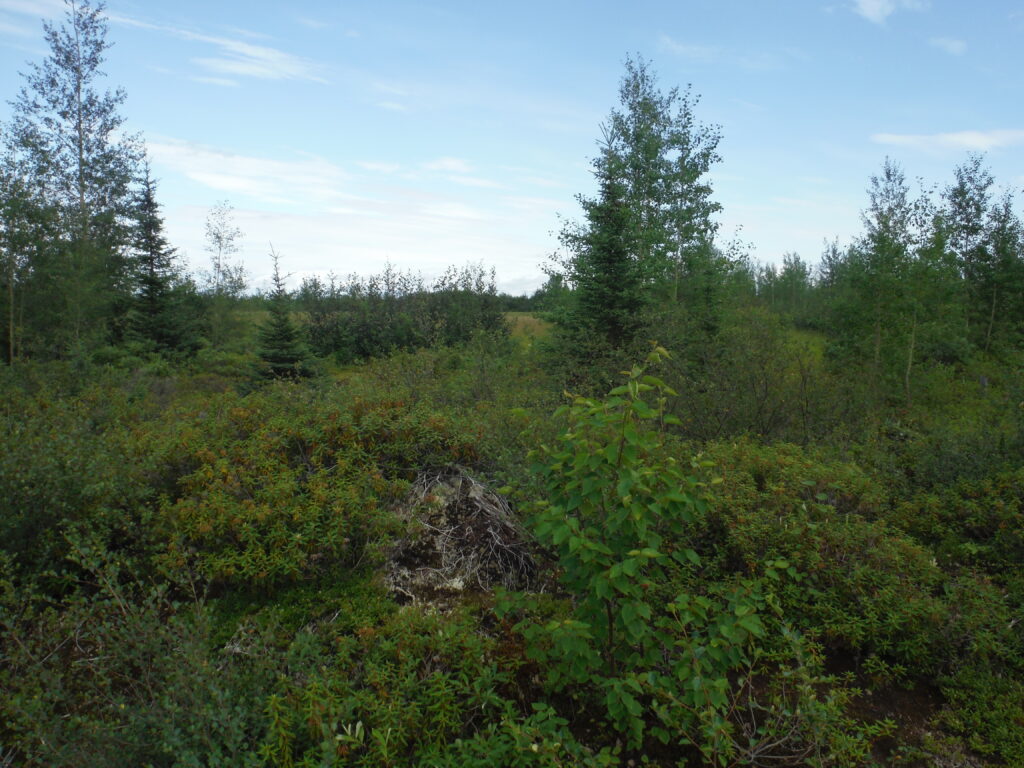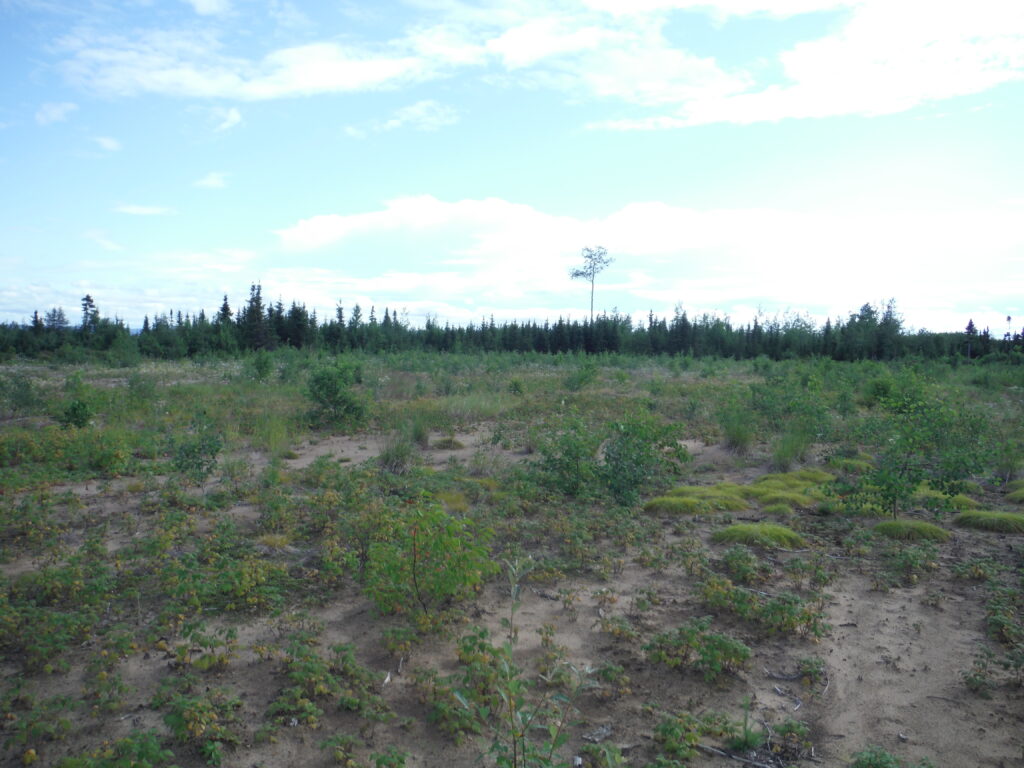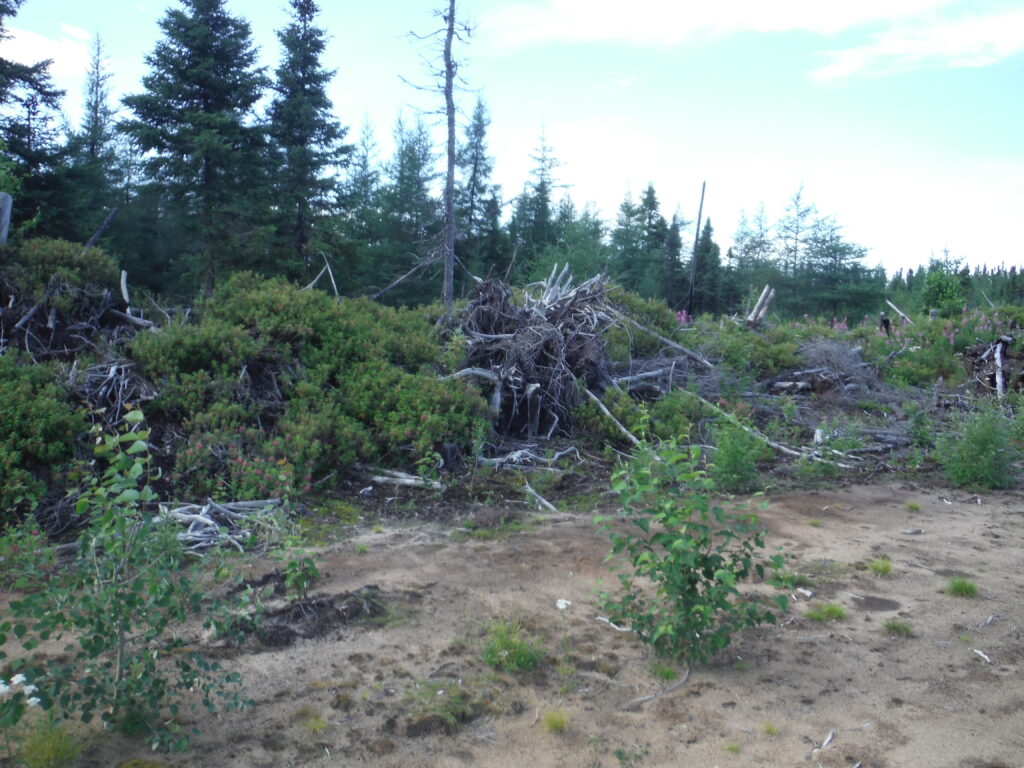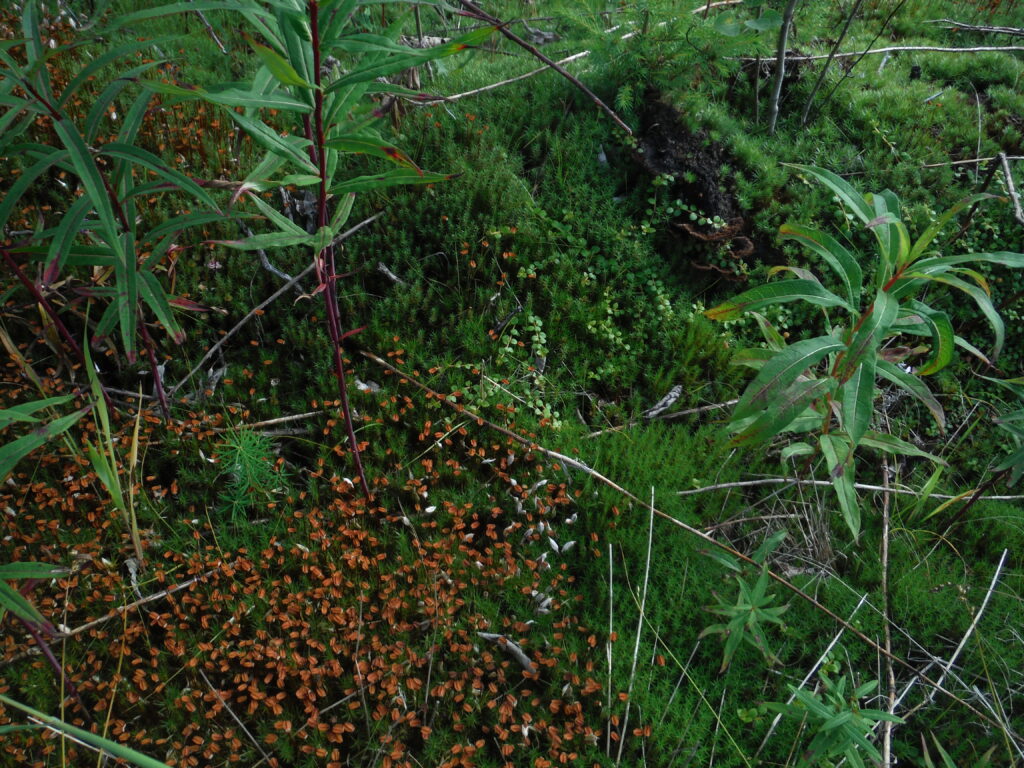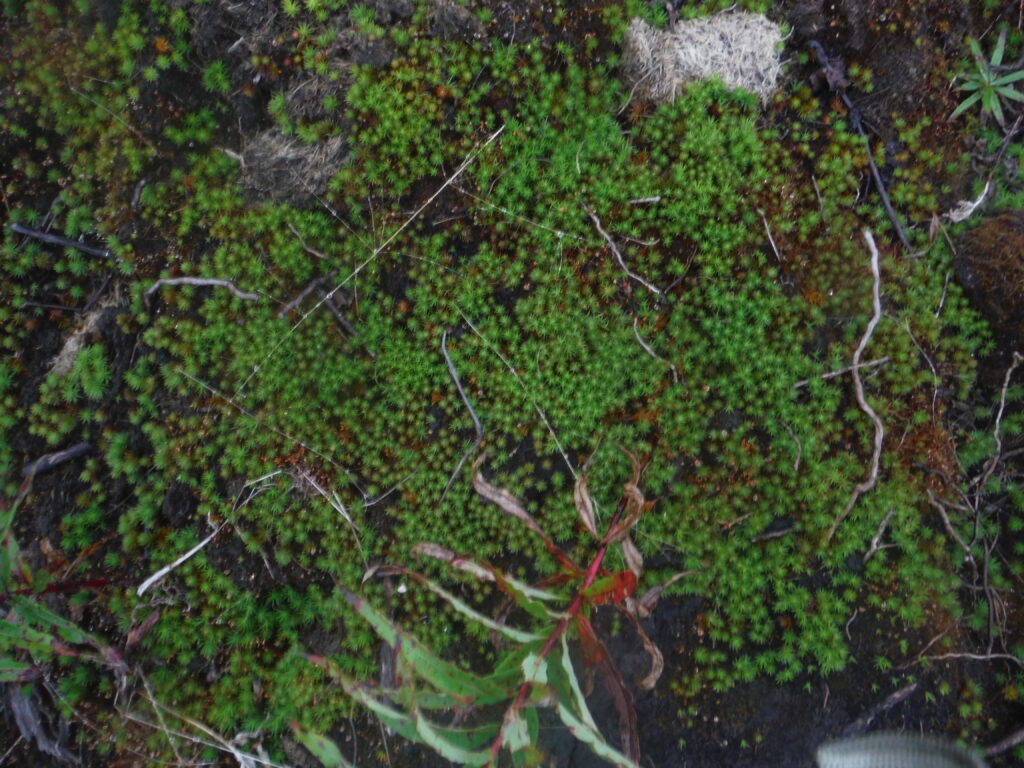In the end, it took two weeks exactly to finish up the sampling at Pye Farm. The first day was scary, as I thought that I was expected to sample the entire farm in a grid pattern (20-30 metres between sampling points), which given the local terrain, would be impossible. However, I was only expected to sample the farm fields themselves. Hence, I made sure all points were at least 5-10 metres from the field edges, and set up my grid with flagging.
Samples were processed in the basement of the Labrador Institute, which has a building in North West River where I am staying. Jamie, a coordinator at the LI, was my primary contact person, and was extremely helpful in helping me get my bearings and finish my research in a timely fashion. There is an entire room in the LI basement dedicated to processing soils, complete with floor space, sinks, and tables to handle soils, as well as multiple ovens. While less than ideal, I will need to air dry samples (using a central air exchanger to keep air fresh) first given limited oven space, and then rotate them into the oven as space becomes available.
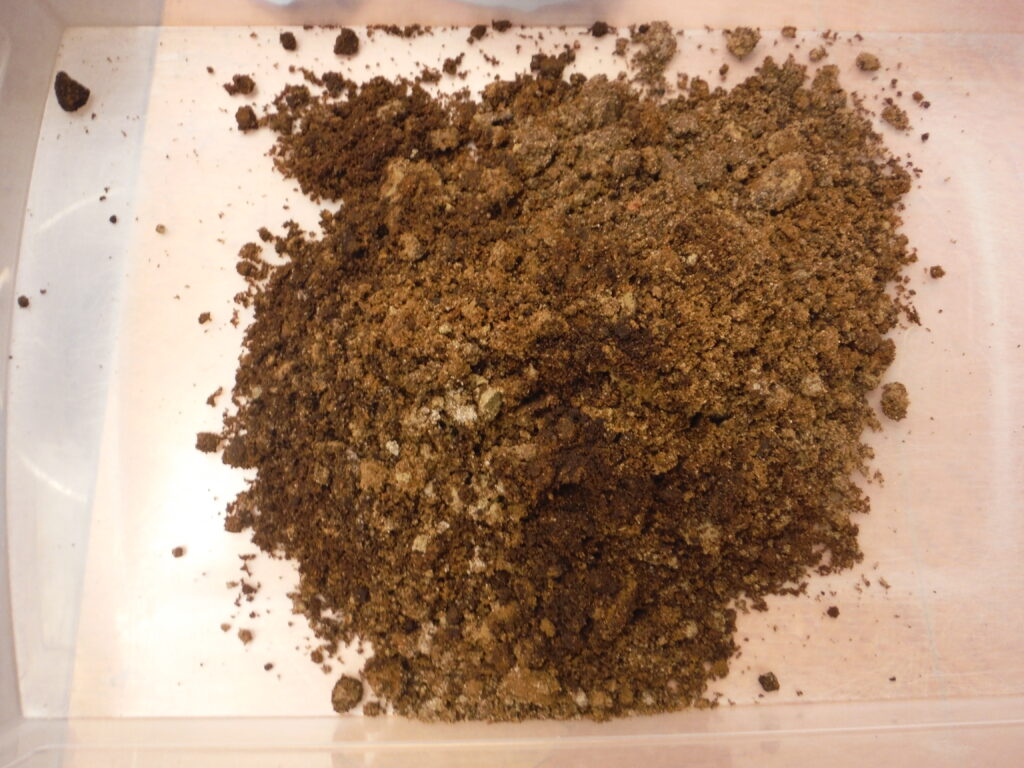
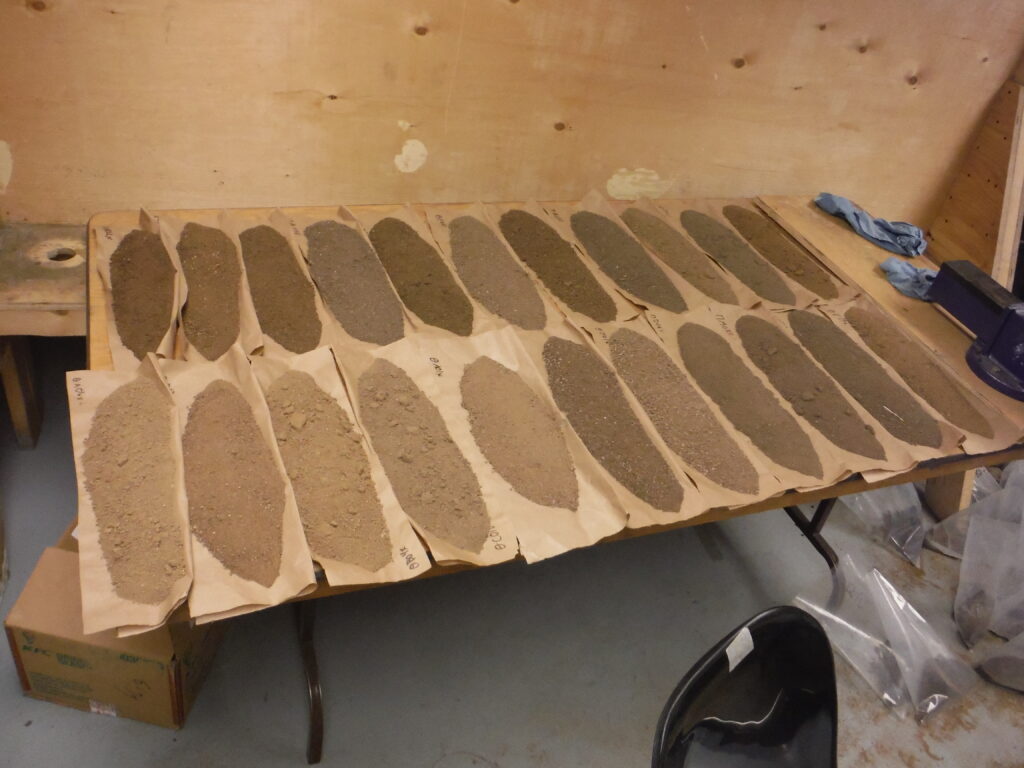

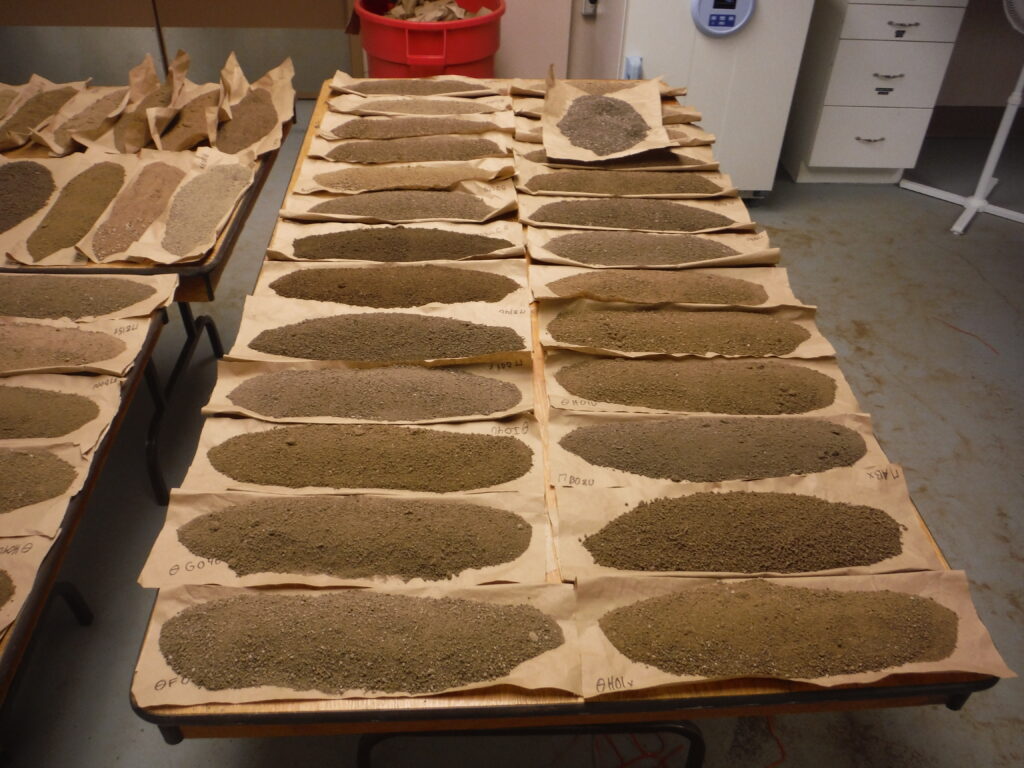
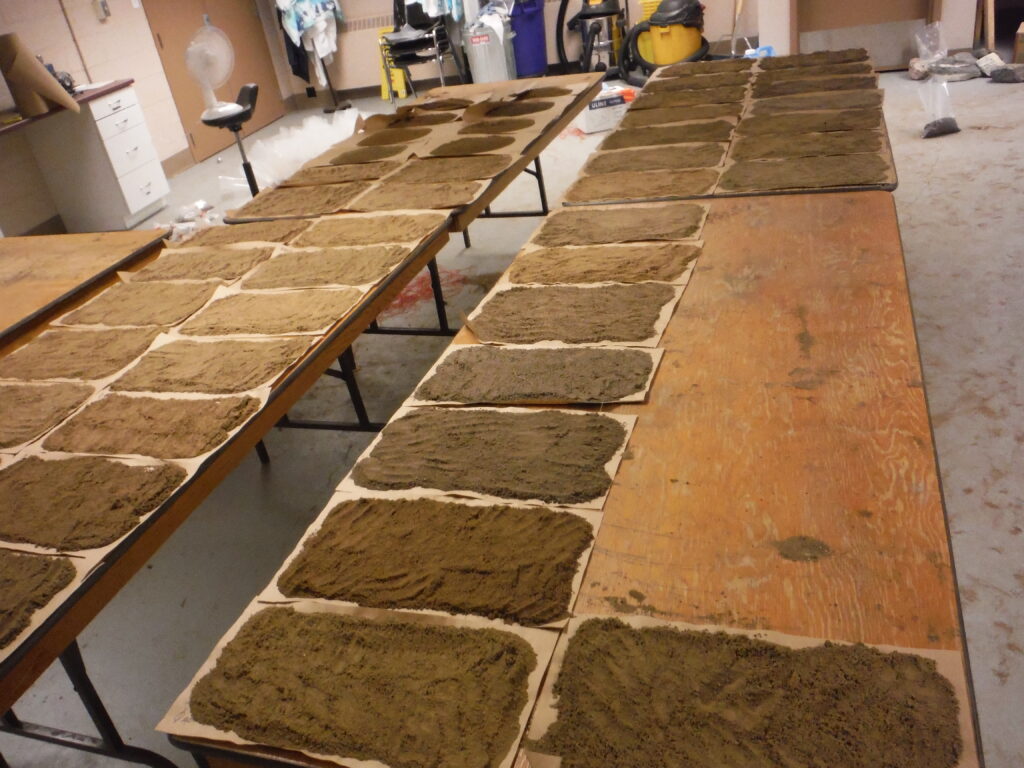
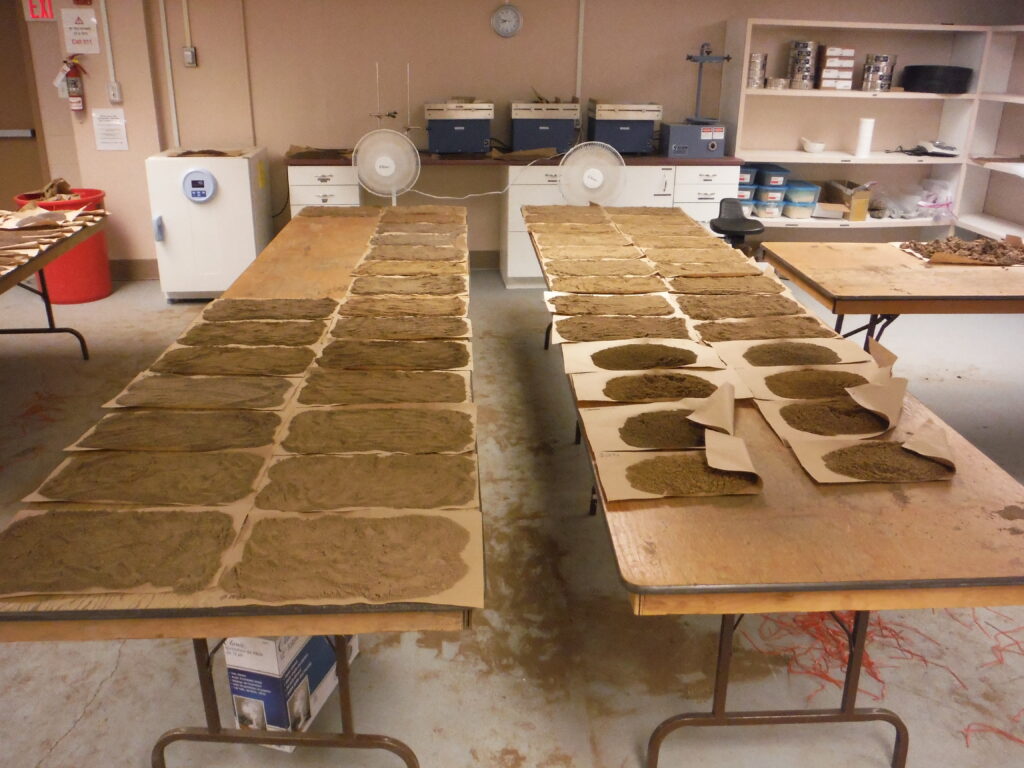


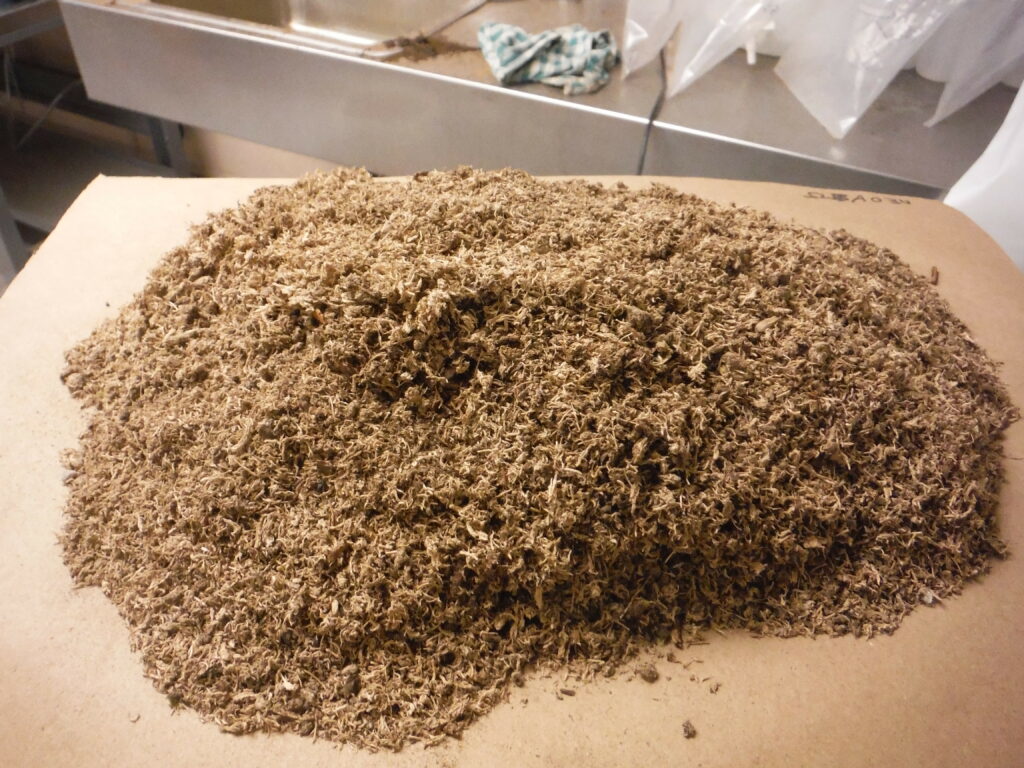
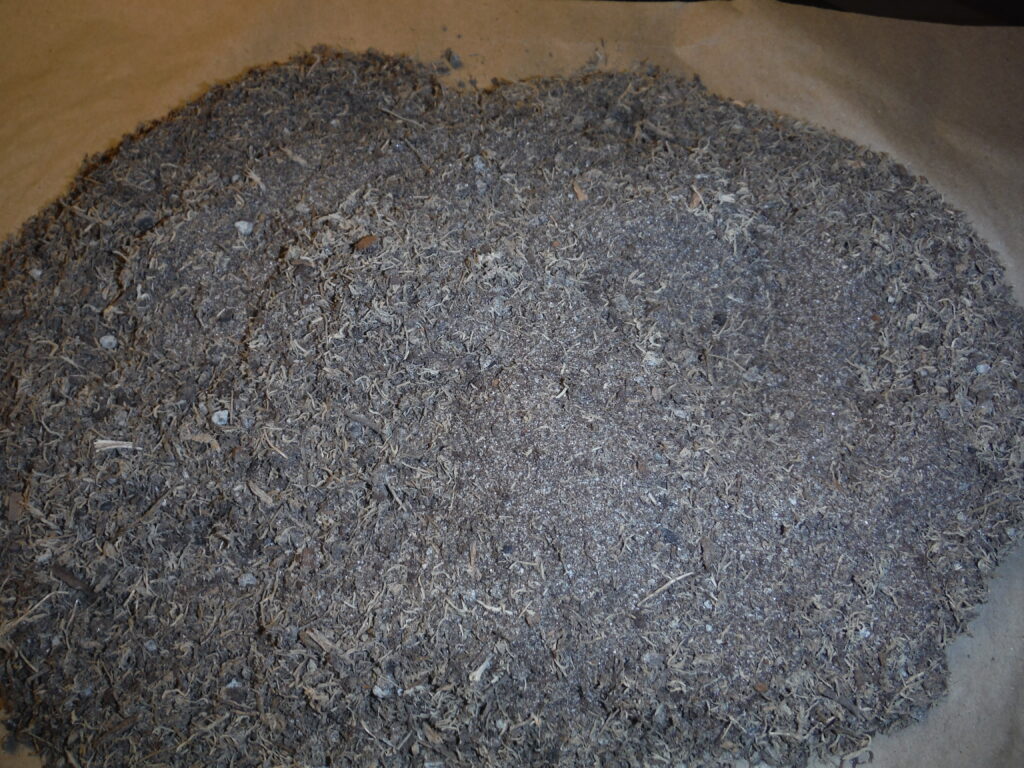
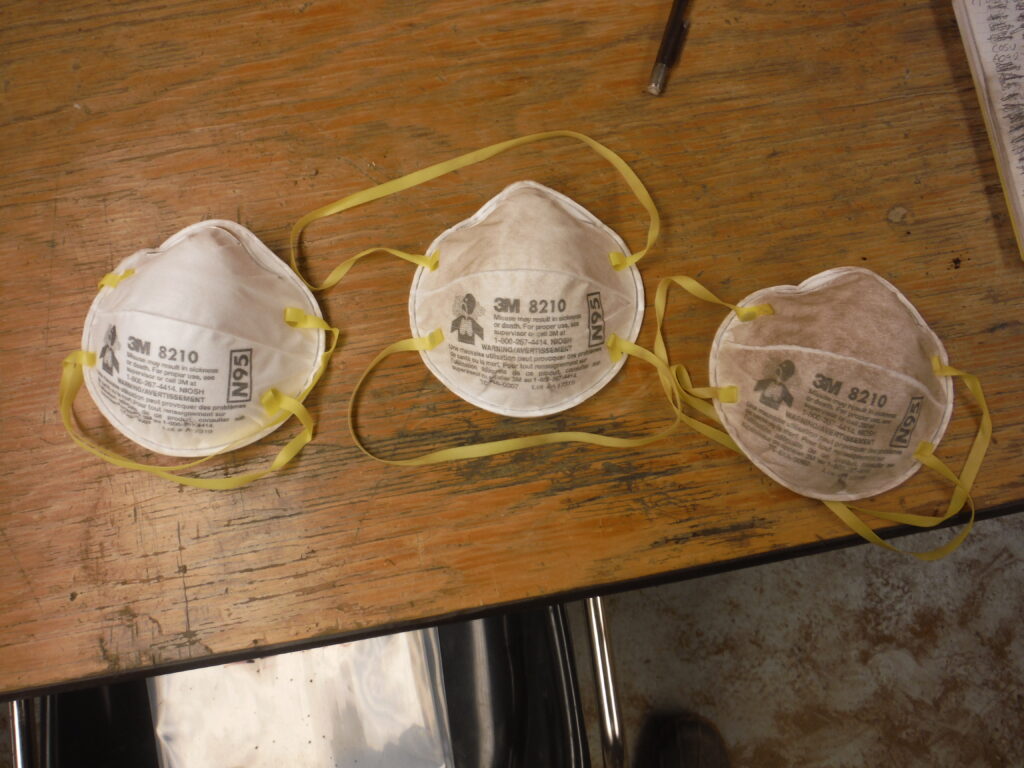
Overall, I ended up sampling 360 points (180 unique locations at two depths per location). I sampled λ first, then Π, Φ, and θ, with Ω left until the end. Though I was finished in a little over a week, it took an additional 3-4 days to dry down and process all samples.
I was able to interview Mrs. Pye, the surviving member of the farm. She had run it for a number of years with her husband, but he caught cancer and died rather suddenly in 2017, resulting in the sale of the farm to Memorial University of Newfoundland to create a northern research centre for Boreal research. Hence, the recently cleared northern portion of the farm was cleared and then not farmed due to his contraction of cancer.
The farm was a vegetable and berry farm, run mostly organic (natural amendments, few pesticides), with strawberries, onions, carrots, and turnips being the primary crops . The biggest challenge was the water table, which was so high on the northern end that the Pyes did not lease the land from the Crown until a drainage ditch (built for another farmer) lowered the water table suddenly.
talk about pond
